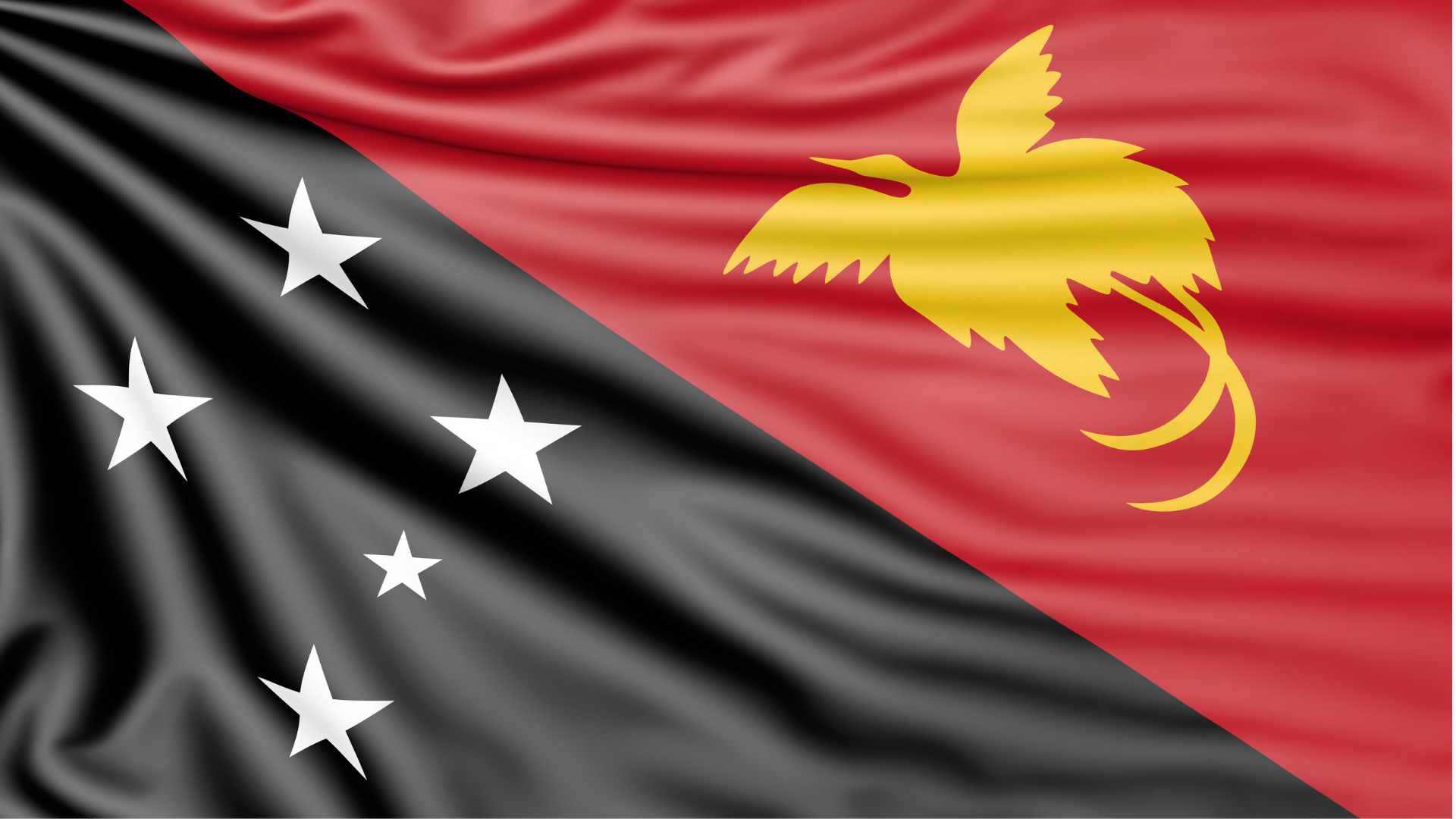
Africa / The Children’s Code: a progressive realisation of children’s Rights in Zambia
In traditional Zambia, it is believed that children are meant to be ‘seen’ and not ‘heard’. This tends to imply that a child remains an insignificant part of society and cannot contribute much until they are older. Consequently, children become victims of several human right violations ranging from corporal punishment, child marriage, child abuse, exploitation, to mention but a few. And because they are taught never to be heard, these crimes stay unreported.
In light of the above, there have for a very long time been minimal efforts to implement laws regarding the protection of children. Where the laws are available, there have still been so many gaps which leave enforcement of some of a child’s rights difficult.
This plight resulted in the rise of many institutions and child advocacy organisations working hand in hand with parliamentarians towards proposing a Bill before the National Assembly in an effort to protect children. Once a Bill was drafted and presented, it took about 12 years for the enactment of what became The Children’s Code Act No.12 of 2022.
The Children’s Code is a consolidation of various pieces of legislation relating to children. These include; The Adoption Act, the Legitimacy Act, The Affiliation and Maintenance of Children Act, The Juveniles Act and The Probation of Offenders Act. Some salient features that have been introduced to the Code include;
The Definition of a child.
Previously, the definition of a child varied in the different pieces of legislation mentioned above, which created ambiguity and conflicting views as to the correct definition of who a child is. The Children’s Code harmonises this by defining a child in line with the provisions of the Zambian Constitution. A Child is now defined as any person who is the age of 18 or below.
Domestication of international instruments.
The Code has gone a step further to domesticate international standards provided by the African Charter on the Rights and Welfare of the Child, The Convention on Protection of Children and Corporation in respect of Inter-Country Adoption and The Convention on the Civil Aspects of International Child Abduction.
One cardinal principal which was previously provided by international law and was only applied as of persuasive value and not binding to the Zambian jurisdiction was ‘The best interest of a Child’ principal. This principal is now enshrined in the Code and forms a part of Zambia’s adopted laws. This is a huge milestone for the Zambian Child because the best interest of every child will be considered before anything else.
Child Marriage.
The Code further outlines Children’s rights and protections. Of particular interest is the provision that outlaws Child Marriage. This finally brings an end to the huge debate as to what law applies when considering Customary marriages in Zambia, what amounts to defilement and what is considered a child marriage. The law as it was previously left a gap and made it difficult to implement or enforce any policies against child marriages. A customary marriage in Zambia which followed the right procedures was correct in the eyes of the law regardless of the considerations of one’s age. The only qualification under customary law for marriage was attaining the age of puberty.
The provision of this law, however, seems to treat the symptom but neglects to deal with the problem that leads to child marriages, i.e., economic hardships of families. Families may not be able to take care of their children and marrying them off as soon as they attain puberty seems a better solution for them. They receive bridal fees from the groom and their child is now the responsibility of the groom.
The Children’s Code also fails to factor in the hardships that may result from criminalising child marriages. In an instance where a young girl is married off and later such marriage is reported to the authorities, the young girl’s support system and the people responsible such as the in-laws, parents and husband may be arrested. This leaves the child bride vulnerable and with no financial assistance. In the saddest of scenarios, such a girl may most likely already be pregnant or with a child. These considerations for children who are forced to get married may discourage them from running to the authorities.
Corporal Punishment.
Another outstanding feature under the protection of Children’s rights is the banning of Corporal Punishment at all levels, be it in the home, school or any other place. Considering that corporal punishment has been a common form of disciplinary measure in most homes, this will probably spur huge debates and raise questions among parents. However, this will provide a platform for a child victim in the circumstances to report and have this right enforced. This was never the position before. A child could be undergoing gruesome treatment in the home or learning institution and would have no recourse.
Other aspects such as legitimacy, child maintenance, adoption (international adoption inclusive) and the law relating to children in conflict with the law have also been comprehensively covered which secures the protection of children and guarantees a law to look to.
In conclusion, the best interest of a child is key. Zambia’s step towards adopting this Act gives hope and assurance for the future.
By: Sherry Z Maponga
Associate
Maria Neves Legal Practitioners




